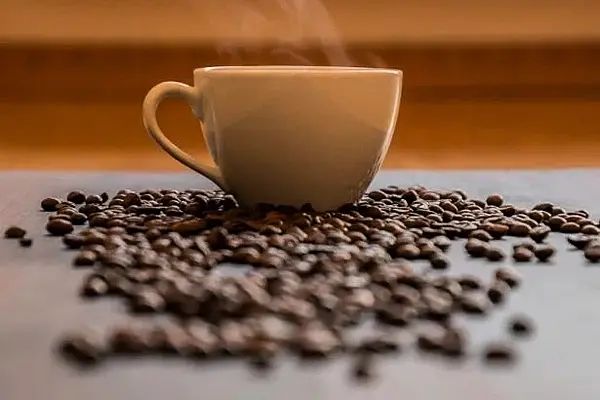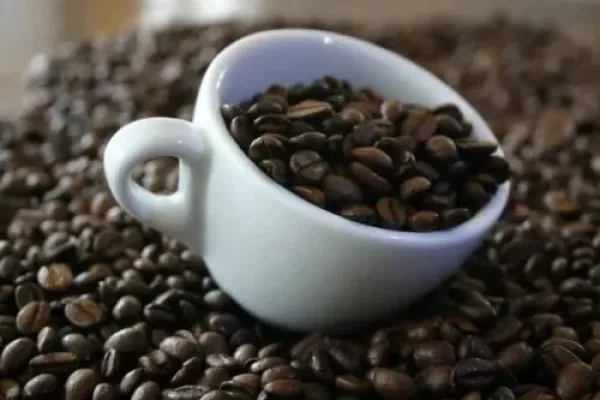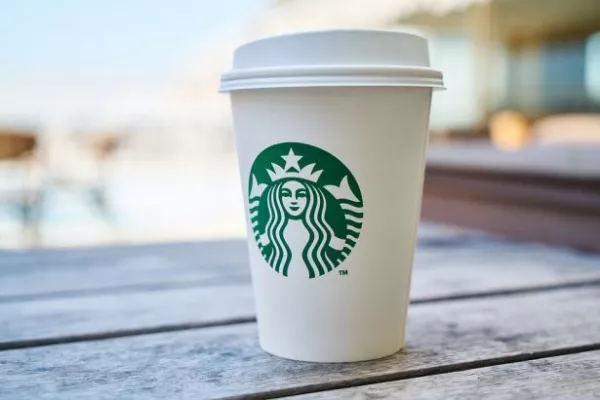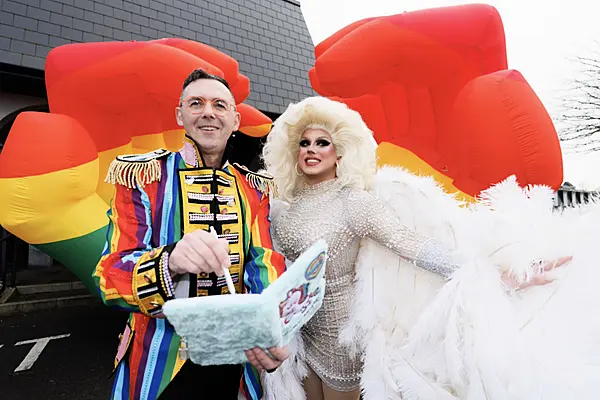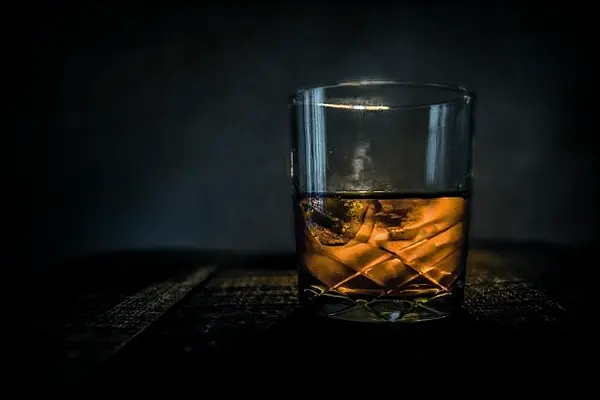In the last fifteen years, the performance of the government in improving business in the on-trade has been understandably critiqued. Whether it is the smoking ban being blamed on falling trade across the board, stricter drink driving legislation desperately affecting rural trade or tax increases greatly increasing the price one has to pay to enjoy a pint down the local, everyone has their grievances. However, there was one decision which, despite not looking too ground-breaking at the time, has borne fruit for the previously forgotten craft beer industry.
When Fianna Fail were as popular as ever, and Brian Cowen was minister for finance - stop it - the Offaly man's decision to halve the excise paid by microbreweries in the 2005 budget revived an industry which had shrunk to a few hardy suppliers. Excise is paid on product leaving the brewery and, as reported in a fine article in the Irish Times last month, "halving the excise made it possible for microbrewers, defined as those breweries producing up to 20,000 hectolitres per annum, to retain more of their capital – It also allowed them to offer their product at a competitive price in pubs and off-licences because the economies of scale make craft beers much more expensive to produce. The Irish craft beer market has never looked back." Slowly but surely these entrepreneurs who saw a chance to make something happen began to gain a foothold in the industry, with modern craft beer sales skyrocketing at a pace incomparable to other alcohol sales in today's Ireland. A recent report into this burgeoning industry by Bord Bia further shed light on these expansive operations and last year saw the growth gain even wider acclaim. In September, the Craft Beer Festival in the RDS was full to the brim with paying punters gladly parting with cash to taste different offerings from all over Ireland. More and more companies are springing up and, as the demand intensifies, the ability for these brewers to grow becomes a reality.
If It’s Green, It’s Clean
Irish craft beer producers use their beers’ Irish origin as a unique selling point. The Irish origin adds significantly to each brand’s authenticity and credibility, as Ireland is perceived domestically and internationally as a country with significant know-how in beer production - this is reflected in the global success of Guinness. And it is not just the reputation of Ireland that should be acknowledged, it is also the demographic of its new drinkers. In general, it is a largely male customer base - as with most beers - but what is interesting is that the age group is 25-40. This is the group with higher income levels, lower debt and higher disposable cash. Also, this age group in Ireland are often exceptionally well travelled, with their eyes opened up to more beers than the standard half a dozen on offer in 90% of the Irish pubs. “A secondary target group is tourists," according to Bord Bia's report. "This is particularly relevant for Irish craft brewers with brew pubs." Hospitality Ireland spoke to some of these bars who stock beers brewed within a few miles of their doors, these explained that tourists constantly asked for a local drink and, as one publican put it, "eventually we made the jump. And it worked."
From Kerry to Donegal, pubs who have faced growing requests for local ales have invested in their own productions. The Donegal Brewing Company to Beoir Chorca Dhuibhne, slowly the whole island is getting in on the act. There are now 22 Irish craft breweries. Half of Ireland ’s microbreweries have come on stream since 2009 when the recession really started to bite. It is an industry which is marketing very well from the ground up. Craft beer markets and festivals are becoming common place in Ireland, which is helping to drive up the interest of both the drinks and the pubs who stock them. “Some craft brewers endeavour to take stands at as many different kinds of festivals as possible to open up different consumer groups to craft beer, and not to limit it to those who are already craft beer enthusiasts. For some producers, attendance at festivals is their main marketing activity,” reads Bord Bia’s findings. And, when considering the demographic of festival goers, it again falls into the younger age group the 25-40 year olds with discernible income, those willing to spend slightly more on a more interesting drink at a pub.
Pairing Beer With Food
That brings us on to another avenue one could pursue to gather a greater margin, pairing beer with food. "Many restaurants are now listing Irish craft beers and are matching food offerings with appropriate craft beers," according to Bord Bia's report. This is a view shared by Paul Maher of Fourcorners, an independent, Irish-owned importer and distributor for the best beers in the world. "We have seen pairing food with beer grow big time," he says. " There are areas who are specialists at it like Against The Grain and their sister operations, but more and more we are seeing it grow. Craft Beer and Food pairing is growing particularly fast in restaurants and even more so in younger/newer restaurants. Eateries such as Jaime’s Italian in Dundrum, The Pigs Tail in Gorey and Eastern Seaboard in Drogheda value the positive complimentary impact craft beers have on their food offering. Many craft brewers are targeting this section of the on-trade market both with pairing recommendations and by packaging in 750ml bottles, or beer to share as we refer to it." As one craft brewer put it to us “the Irish restaurant is a natural home for craft beer”.
It all comes down to embracing the change. It is important that pubs market it as best they can. “As you say, getting in bottles and 'hiding' them in fridges at knee height behind the bar, behind the bar staff, isn't really going to do it,” explains Maher. “You need to embrace it fully. Go with a range of bottles at least initially while you start to build a reputation for craft beers before committing to a draught range. Also, if you go down the route of craft beers or specialist beers, you can't just get in one or two; you need to get a selection in. Customers could not like the one or two you stock, and that's the end of it. But if you have ten, twelve kinds then there is a far better chance that your customers will be happy. Craft beer customers also love choice and will often look to consume 3 or 4 different beer brands and/or styles in a single night.”
Tapping Up Your Client Base
What has tended to happen in Ireland is pubs take in a few bottles to see what is popular and, from there, seek out draught options. However, there are a few unique problems to this when dealing with Irish breweries. Most notably, size. “It's difficult for smaller brewers, the Irish ones, to commit to taps in a bar,” says Maher. “A tap might cost a couple of hundred to install, which doesn't sound like a lot, but these companies are small so to install these taps in a few bars would quickly become a price untenable for the brewers. What I think should happen is publicans should invest in these taps themselves. Its not a cost, its an investment. Not so long ago publicans were buying coffee machines that cost thousands, and big money is spent elsewhere, so why not this investment in your taps? As with all services, the most important thing is the product you have. So, if it costs €200 to get a popular, Irish craft beer in on tap, it's a no brainer for me.” And, within a bar, the best advertising around is the taps in front of the customer. Seeing taps with Irish names, with new and interesting logos, can prove big business. Similarly with glassware, although again a lot of that can come down to economies of scale. However, with the growing interest year on year, these brewing companies are adapting, investing and expanding. The whole scene is gradually changing. People used to go to a pub, have a pint or a bottle of beer and almost exclusively talk about sports or politics. Now, with the influx of these beers and ciders from Ireland and abroad, people are talking about the drinks. People are gaining an opinion they never knew of. Also, it’s a different scene. Customers aren’t drinking 10-12 pints, getting out of hand and being removed from bars, it’s much more civilised. “What you are seeing is that overall beer consumption is down in Ireland, but craft beer sales are up in a big way so they are taking up the slack,” says Maher. “Our business is up 50%, it has been an amazing year for craft beers. At Fourcorners we offer publicans a service whereby we go into your pub and train the staff on what the different beers are, what ingredients they have, what tastes they reflect better etc. The overwhelming response is positive, it gives the staff an extra dimension when dealing with customers. And, more and more, customers want to know the staff's opinion on the new drinks.”
The secret is out, the new trend is as obvious as can be. No longer an underground movement, craft beers have just become mainstream.

